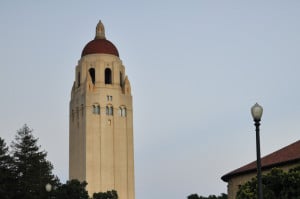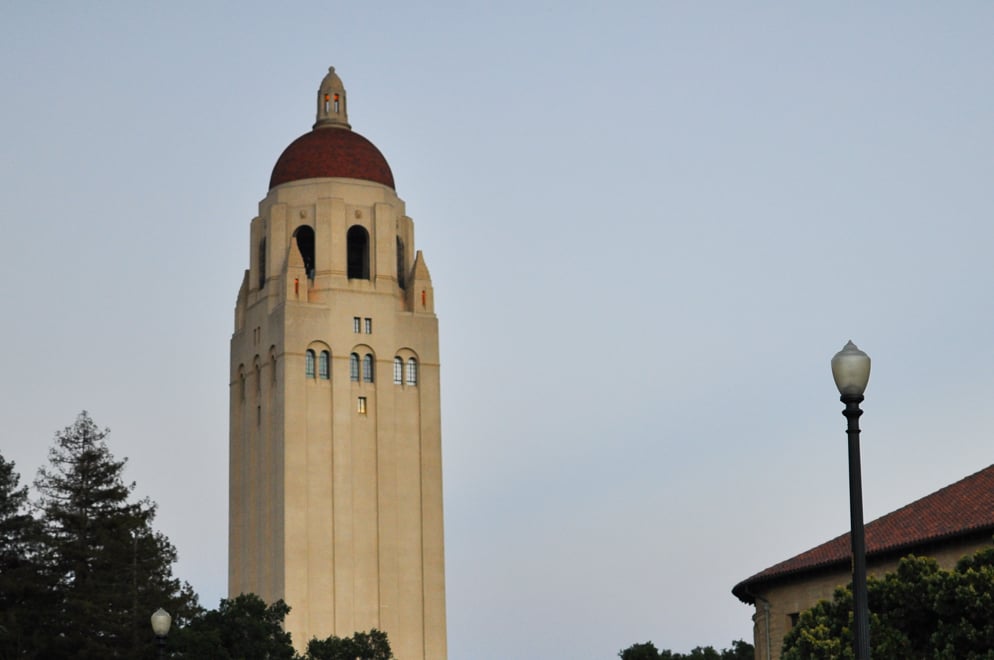
The Hoover Institution, founded at Stanford in 1919, recently released two essays that propose small modular reactors (SMRs) as the future of nuclear power in America. The Shultz-Stephenson Task Force on Energy Policy at the Institution published these papers as part of an ongoing project to explore the potential of nuclear power as a safe, economical and environmentally friendly source of energy.
George Shultz, who is a Thomas W. and Susan B. Ford Distinguished Fellow at the Hoover Institution and both the chairman and one of the founding members of the Energy Policy Task Force, stated in a companion podcast, “We’re very closely in touch with all the scientists and engineers here at Stanford, and also at MIT. So we’re constantly looking at the energy landscape.”
The task force proposed a need for a comprehensive national energy strategy to address concerns over climate change. After finding nuclear power to be a high-potential, scalable source for sustainable energy, they recruited a number of scholars to develop a design and publish these papers.
“We should all be thinking a little bit about the nuclear area and do everything we can to make sure it’s fully explored and understood, because it has great potential,” Shultz said.
The first essay, “Small Modular Reactors: A Call to Action,” highlights the advantages of SMRs. The essay is written by William Madia, chairman of the Board of Overseers at and Vice President of the SLAC National Accelerator Laboratory, international nuclear industry consultant Regis Matzie M.S. ’71 Ph.D. ’76 and nuclear energy consultant Gary Vine. The authors also provide a timeline and blueprint for effectively pushing the technology forward.
According to Madia, the reduced size of SMRs, in comparison to traditional nuclear reactors, makes them much safer while still replacing fossil fuels and limiting their carbon footprint.
“[The safety advantage and] a substantial impact on our carbon footprint… are the two primary drivers that caused us to look at SMRs as potential game-changing technology,” Madia said.
In the second essay, “Licensing Small Modular Reactors: An Overview of Regulatory and Policy Issues,” Honorable William Ostendorff, Commissioner of the U.S. Nuclear Regulatory Commission, and Amy Cubbage, Ostendorff’s Reactor Policy Advisor, discuss the role of the Nuclear Regulatory Commission (NRC) in licensing SMRs. The NRC is closely following the development of SMRs, and has been preparing for SMR application reviews since 2001.
Madia explained that ideally the reactors would be available by the mid 2020s – just in time to replace old fossil fuel plants and to get ahead of international competition.
“What we hope is to begin to develop a national consensus around the need for government and industry to work together to develop a comprehensive way to advance these technologies,” he said.
Currently, the SMR designs proposed by the task force have not been licensed or constructed due to low demand for nuclear power. With no current model, the authors confirm that it is not possible to accurately determine the real cost efficiency and safety of SMRs over other energy sources.
“No one has yet put forward a plan to buy and build one of these and therefore go through the regulatory process, and that’s something that’s critical to establishing the credibility of SMRs and of nuclear power as a whole,” according to Admiral James Ellis, a member of the Task Force and co-editor of the essay series.
Madia hopes that the paper will be enough to rouse the American government and private energy sector to lead the international community.
“We could be left at the doorstep, buying these reactors from foreign countries in 10 years, unless we come to action right now,” Madia said. “The basic point of our paper is there’s a call to action.”
“What we need is a government-industry road map that goes down the path, builds several of these, tests them out on the market, checks the economics, checks the safety in reality – as opposed to on paper right now,” Madia added.
According to Madia, despite the challenges faced by SMRs, the devices’ potential strongly appeals to the younger public. After talking to college-aged students around the country, he found a highly positive reception to the idea of a carbon-free power source.
“[Students’] primary concern today is not the anti-nuclear feelings of the ’60s and ’70s,” Madia said. “Their worries are about climate change.”
Contact Mimi Iran Zambetti at 16mtranzambetti ‘at’ castilleja.org.
